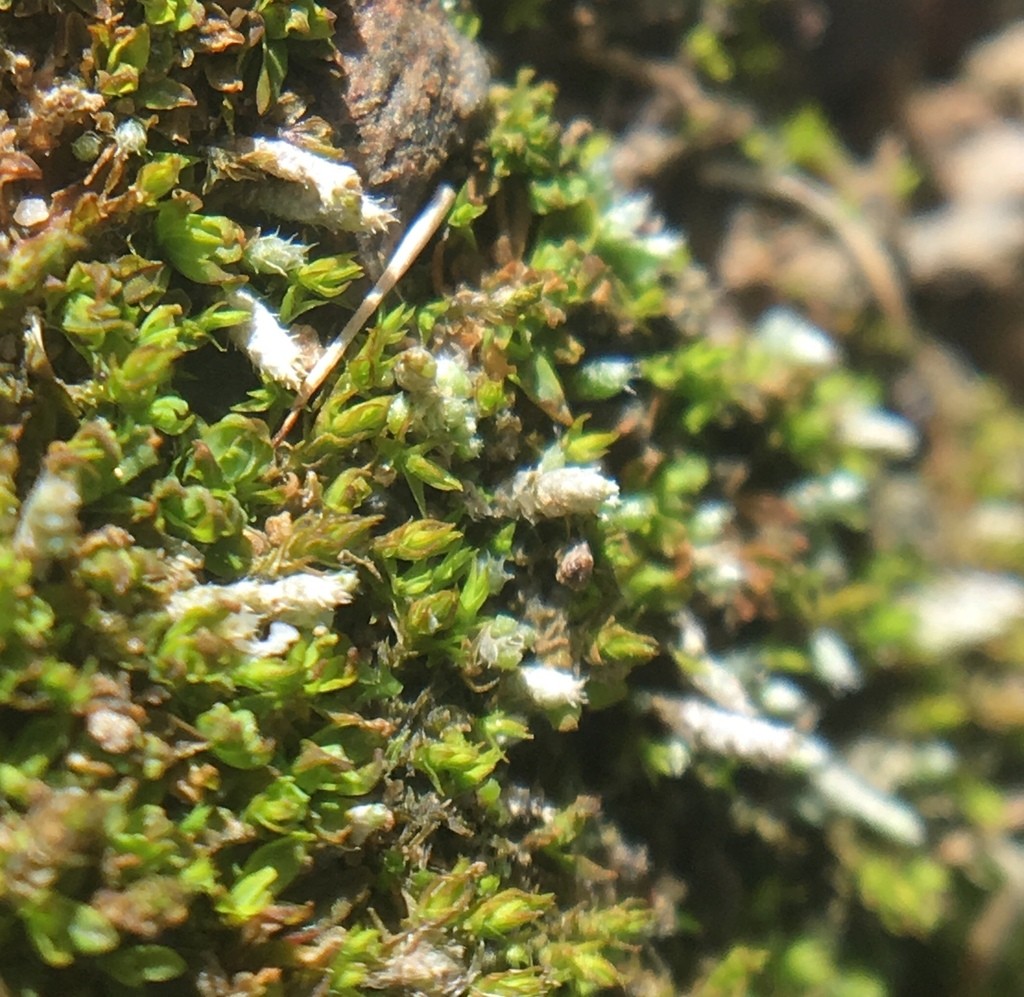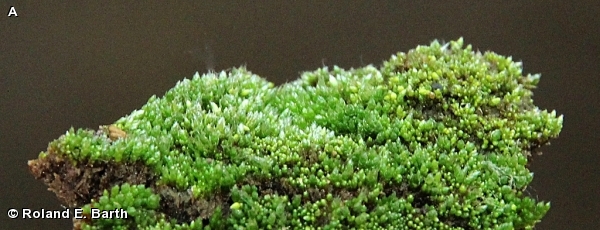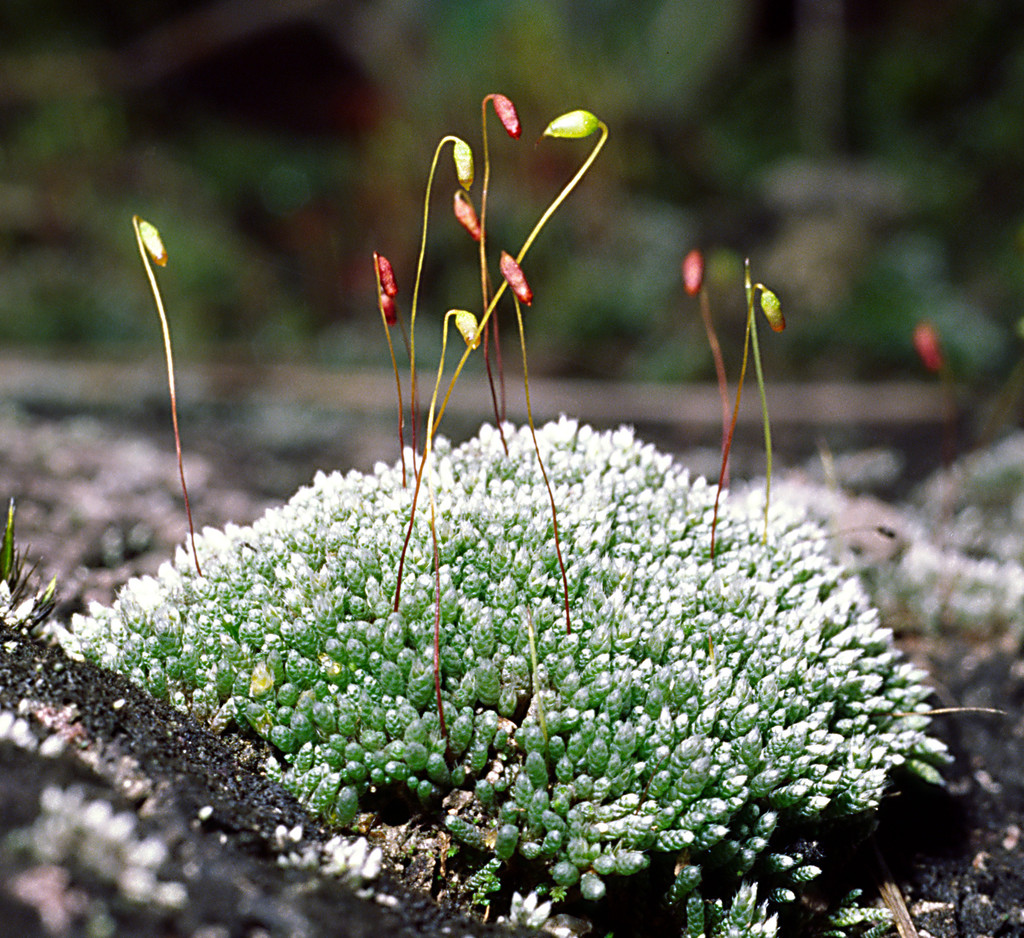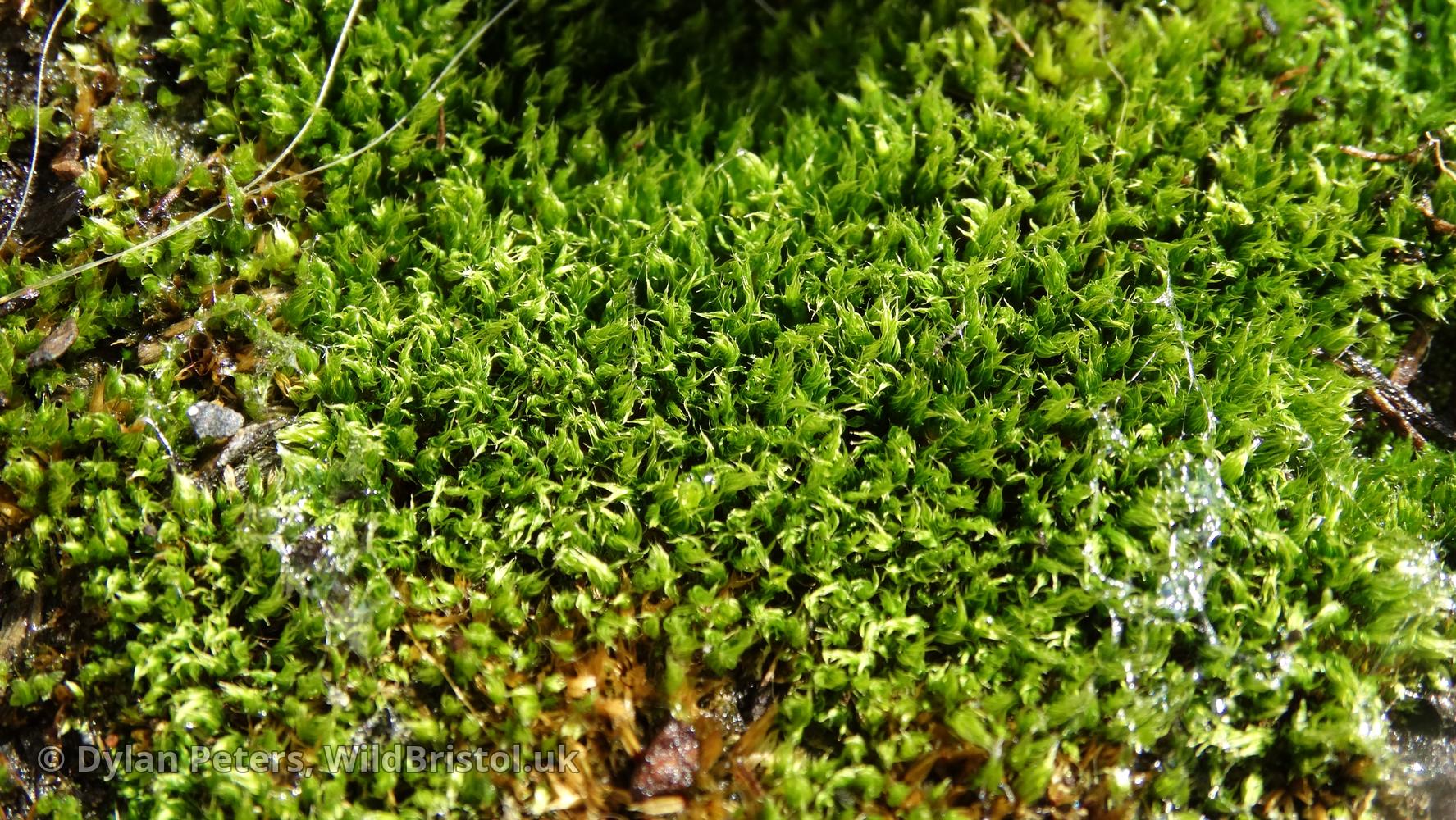
image from: https://www.picturethisai.com/care/Bryum_argenteum.html
Introduction
In the vast and captivating world of bryophytes, one particular moss species stands out for its unique charm and ecological significance – the Bryum mamillatum Lindb., commonly known as Bryum. This unassuming yet resilient member of the Bryaceae family has captured the hearts of moss enthusiasts worldwide, offering a fascinating glimpse into the intricate tapestry of nature’s smallest wonders.
Background
Before delving into the intricacies of this remarkable moss, it’s essential to understand the broader context in which it thrives. Bryophytes, a diverse group encompassing mosses, liverworts, and hornworts, are among the oldest land plants on Earth, dating back over 400 million years. These diminutive yet mighty organisms play a crucial role in various ecosystems, acting as pioneers in colonizing barren landscapes and contributing to soil formation and water retention.
Main Content
Morphology and Identification
The Bryum mamillatum Lindb. is a acrocarpous moss, meaning its sporophytes (spore-bearing structures) grow vertically from the tips of the gametophyte (leafy) shoots. Its vibrant green cushions or tufts are easily recognizable, often adorning rocks, soil, or tree bark with their velvety appearance. Upon closer inspection, one can discern the intricate details that make this moss truly unique.
The leaves of Bryum mamillatum are ovate to lanceolate, with a distinctive mamillate (nipple-like) protrusion on the upper surface of each leaf cell. This characteristic feature, along with the reddish-brown

image from: https://ohiomosslichen.org/moss-bryum-caespiticium/
seta (stalk supporting the capsule), serves as a reliable identifier for this species. The capsules, which house the spores, are pendulous (hanging down) and pyriform (pear-shaped), adding to the moss’s visual appeal.
Global Distribution and Habitat
Bryum mamillatum Lindb. is a cosmopolitan species, meaning it can be found across various regions of the world. From the temperate zones of Europe and North America to the tropical regions of Asia and South America, this resilient moss has adapted to a wide range of habitats. It thrives on soil, rocks, tree bark, and even disturbed areas, showcasing its remarkable ability to colonize diverse environments.

image from: https://eol.org/pages/53807/media?resource_id=2

image from: https://ohiomosslichen.org/moss-Bryum-argenteum/
Ecological Roles and Adaptations
Despite their diminutive stature, mosses like Bryum mamillatum play vital roles in their respective ecosystems. They act as pioneers, being among the first organisms to colonize barren landscapes, paving the way for more complex plant communities to establish themselves. Additionally, these mosses contribute to soil formation and water retention, creating favorable conditions for other organisms to thrive.

image from: https://ffnaturesearch.org/silver-green-bryum-moss/
One of the remarkable adaptations of Bryum mamillatum is its ability to withstand desiccation (drying out) and rapidly rehydrate when moisture becomes available. This trait, known as

image from: https://www.inaturalist.org/guide_taxa/1140816
poikilohydry, allows the moss to survive in harsh environments and quickly resume its metabolic activities after a period of dormancy.
Case Studies/Examples
In a study conducted in the Pacific Northwest region of North America, researchers observed the rapid colonization of Bryum mamillatum on recently disturbed soil surfaces. Within a few months, the moss had established dense mats, creating a protective layer that facilitated the growth of other plant species and prevented soil erosion.
Another fascinating example comes from the tropical rainforests of Southeast Asia, where Bryum mamillatum was found thriving on the bark of ancient trees. These moss colonies not only added a touch of verdant beauty to the forest canopy but also played a crucial role in retaining moisture and providing microhabitats for various invertebrates and microorganisms.

image from: https://mossandstonegardens.com/product/bryum-caespiticium-for-sale-5-square-feet/

image from: https://pixels.com/featured/spore-capsules-of-the-moss-bryum-dr-jeremy-burgessscience-photo-library.html
Technical Table

image from: https://wildbristol.uk/groups/ferns-horsetails-mosses-liverworts/capillary-thread-moss/
| Characteristic | Description |
|---|---|
| Family | Bryaceae |
| Genus | Bryum |
| Species | mamillatum Lindb. |
| Growth Form | Acrocarpous moss |
| Leaf Shape | Ovate to lanceolate |
| Leaf Surface | Mamillate (nipple-like protrusions) |
| Seta Color | Reddish-brown |
| Capsule Shape | Pendulous, pyriform (pear-shaped) |
| Distribution | Cosmopolitan |
| Habitat | Soil, rocks, tree bark, disturbed areas |
| Ecological Roles | Pioneer species, soil formation, water retention |
| Adaptations | Poikilohydry (desiccation tolerance) |
Conclusion
The Bryum mamillatum Lindb., a humble yet remarkable moss species, serves as a testament to the incredible diversity and resilience of bryophytes. From its distinctive morphological features to its global distribution and ecological significance, this moss captivates the minds of enthusiasts and scientists alike. As we continue to explore and appreciate the intricate world of mosses, let us ponder this thought-provoking question: What other hidden wonders await discovery in the realm of these ancient and adaptable organisms?